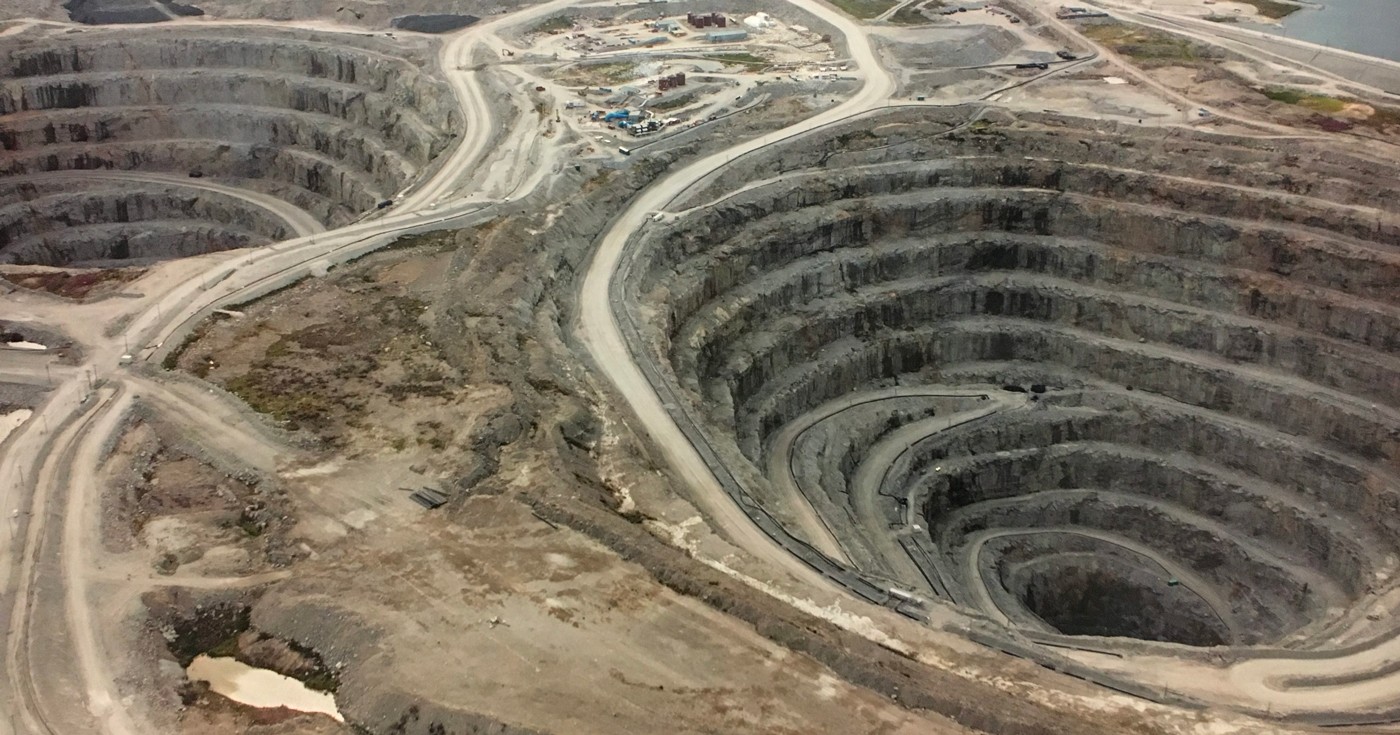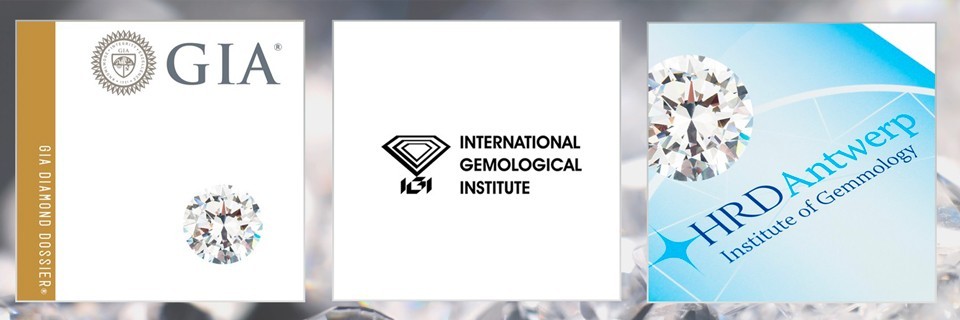Diamond Pricing: how to Determine Their Value
In consumers’ imagination, diamonds are arguably the most valuable gemstones, the stars of jewels with strong symbolic meaning, such as solitaire rings. But how is the
We must first consider that natural diamonds are one of the rarest minerals existing in the world. On average, to obtain 1 carat, or 0.2 grams of diamonds, it is necessary to extract 3-4 tons of rock from a diamond deposit, which becomes 15 tons if, instead of rock, sand and gravel are processed, as in alluvial deposits. Subsequently, the rough stone extracted from the mine must undergo various treatments before being cut into gem form.

The Rapaport Price List, the official diamond price list
There is a tool that constitutes the official reference for determining the price of diamonds cut. This is the Rapaport Price List, the price list distributed weekly by the Rapaport Group. It was created by Martin Rapaport, a Belgian entrepreneur who in the 1970s had started working in Antwerp in diamond cutting and who moved to New York in 1976. In 1978 he began publishing his own weekly report, indicating diamond quotations, which quickly became the industry’s reference point.
Martin Rapaport also promotes social responsibility within the diamond industry: he is a supporter of the Kimberley Process, the international agreement that since 2002 has certified “conflict-free” diamonds, ensuring that extraction profits are not used to finance wars, acts of terrorism, or criminal organizations. The Rapaport Group safeguards the rights of workers employed in diamond mines, particularly in Africa, and supports the ethical trade of certified diamonds.

How Diamond PRICING is Determined
The Rapaport Price List is published every Thursday at midnight and provides guidelines for determining diamond value in US dollars. It is an official price list for diamond costs, but it does not indicate the retail price: it offers guidance to estimate the value of the stones. The final price of a stone may therefore be higher or lower than the figure indicated in the report, as it depends on various diamond characteristics, such as the proportions and symmetry of the cut and how the cutting is executed. There are also other, more specific characteristics that cannot all be included in the list, as it would become overly complex to interpret.
Diamond pricing is extremely precise and parametric: the same stone evaluated by two different experts, for example in New York and Antwerp, would receive a quotation with the same value.
The Main Characteristics of Diamond Pricing
- Size
The larger the diamond, the rarer it is and the greater its value. Round diamond prices range from 1 hundredth of a carat to 10 carats, while other shapes are quoted from 25 hundredths of a carat to 5 carats.
- Color
The criteria for evaluating the color and clarity of diamonds are based on the parameters of the Gemological Institute of America (GIA), the American research institute that represents the highest authority in the sector. The more colorless the diamond, that is, tending toward white, the more exceptional its brilliance. In ancient times, in fact, color classification was done by attributing to diamonds the designation “exceptional extra plus white,” corresponding to the current letter “D,” that is, the most beautiful and brilliant diamond in existence.
- Clarity
Diamond clarity represents the transparency of a gem. The evaluation examines any internal imperfections (inclusions) and external ones (blemishes). A diamond is judged pure if it shows no visible imperfections under 10x magnification.
- Cut
Cut greatly affects diamond pricing and the price list refers to stones cut accurately. Diamonds with an average or lower quality cut can be sold and purchased even with substantial discounts.

The Security of Certified Diamonds
A quality diamond has a high price that corresponds to high value. It is therefore important that this value be certified through an official document that describes the characteristics and quality of the stone. Certification is fundamental for attributing an objective value to the diamond, for example for insurance or even if one wishes to resell it. To be certain that the price of diamonds purchased is correct and that the stones are certified, the best choice is always to rely on expert professionals.